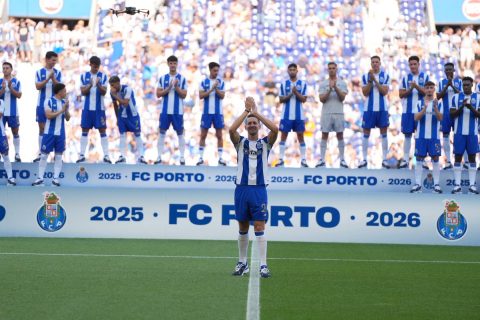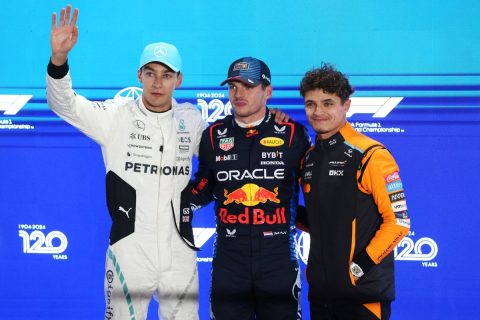The Formula 1 grid is abuzz with anticipation as drivers await changes to racing regulations, which are expected after a significant meeting with the FIA ahead of the Qatar Grand Prix. The discussions revolved around the guidelines covering drivers’ attacking moves on inside lines, aiming to clarify and improve overtaking strategies.
FIA’s Reassessment of Driving Standards
The FIA committed to revisiting F1’s “Driving Standards Guidelines,” which assist stewards in making decisions on complex racing moves. The push for change was instigated following a notable on-track battle between Max Verstappen and Lando Norris in Austin last month. Their on-track encounter highlighted the need for clearer guidelines, especially regarding inside line attacks.
The revised guidelines will be presented to drivers at the Qatar Grand Prix weekend. This follows the collective agreement among drivers that adjustments were necessary. The focus is on addressing circumstances surrounding Verstappen’s moves against Norris. The aim is to not only introduce changes but also to gather feedback from drivers and implement these in race situations.
Details of the Qatar Meeting
The much-anticipated meeting took place at 7:30 PM local time in Qatar on Thursday, deviating from the usual post-FP2 schedule, due to the sprint format for this weekend. Spanning nearly an hour, the discussions were more extensive than initially expected. They covered a wide array of racing scenarios and ideas for enhancements.
George Russell, the Mercedes driver and the only currently active director of the Grand Prix Drivers’ Association, commented on the length and depth of the conversations. According to Russell, the primary focus of the discussions was on enhancing overtaking techniques and ensuring fair competition.
Anticipated Changes and Feedback
Drivers are expected to give their subsequent feedback on the proposed changes before the conclusion of the 2024 season. This feedback loop is crucial for testing the new guidelines in actual race conditions. The aim is to ensure that any adjustments made are practical and beneficial to the competitive nature of F1 racing.
Going forward, this reassessment and the resulting dialogue signal an important step towards improved clarity in racing conduct. By involving drivers directly in the process, the FIA aims to foster an environment where racing remains fair yet fiercely competitive.
Future Implications
The impact of these changes on the racing series is yet to be fully seen, but they hold the promise of enhancing the quality of competition. By addressing overtaking challenges directly, the FIA seeks to maintain the excitement of F1 while ensuring driver safety and fairness on the track.









